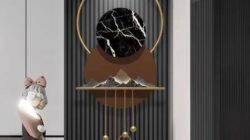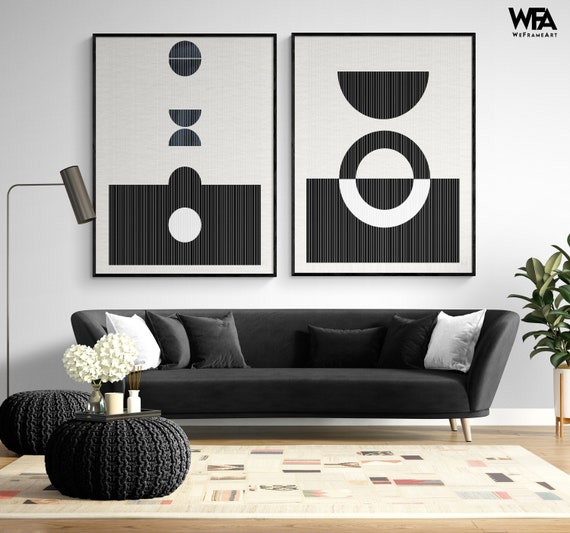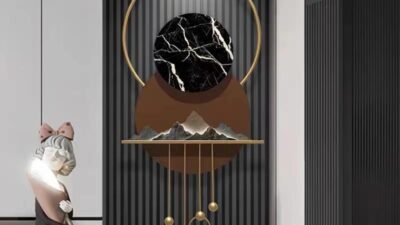Art Deco, a design movement that flourished in the 1920s and 1930s, continues to captivate hearts with its timeless elegance. A prominent feature of this era, Art Deco mirrors, with their distinctive geometric shapes, bold lines, and luxurious materials, have become iconic symbols of the period. In this comprehensive guide, we delve into the world of Art Deco mirrors, exploring their history, design elements, and how to incorporate them into contemporary interiors.
A Glimpse into the History of Art Deco
Art Deco emerged as a reaction to the ornate and intricate designs of the Art Nouveau era. It embraced a more streamlined and modern aesthetic, characterized by clean lines, bold colors, and geometric patterns. Inspired by the technological advancements of the time, Art Deco designers drew inspiration from ancient Egyptian, Aztec, and Mayan cultures, as well as the emerging machine age. This fusion of historical and futuristic elements resulted in a unique and captivating style.
Key Design Elements of Art Deco Mirrors
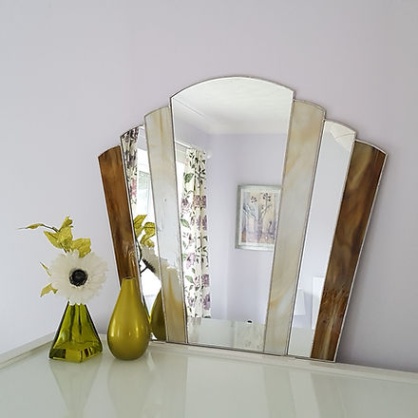
Image Source: wixstatic.com
Art Deco mirrors are instantly recognizable by their distinctive design elements:
Geometric Shapes: Circles, squares, rectangles, and triangles are frequently used to create intricate patterns and borders.
The Allure of Art Deco Mirrors
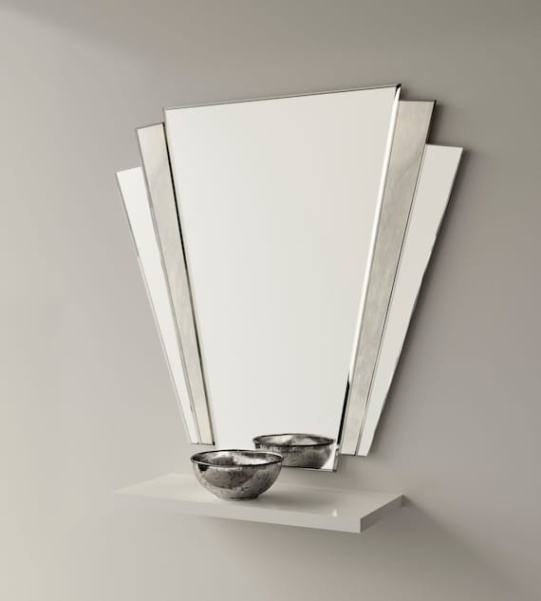
Image Source: etsystatic.com
Art Deco mirrors possess a unique ability to elevate the aesthetic appeal of any space. Their striking design and luxurious materials create a sense of glamour and sophistication. Whether you’re aiming for a vintage-inspired look or a contemporary minimalist aesthetic, an Art Deco mirror can be the perfect finishing touch.
Here are some of the reasons why Art Deco mirrors continue to captivate:
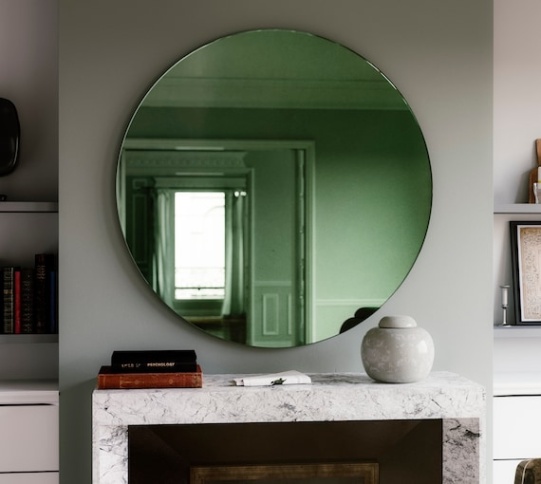
Image Source: etsystatic.com
Timeless Elegance: The classic design elements of Art Deco transcend trends, ensuring that these mirrors remain stylish for years to come.
Incorporating Art Deco Mirrors into Modern Interiors
To seamlessly integrate an Art Deco mirror into your contemporary Home, consider the following tips:
Choose the Right Placement: A prominent wall or a hallway can be ideal locations to showcase an Art Deco mirror.
Where to Find Authentic Art Deco Mirrors
If you’re looking to acquire an authentic Art Deco mirror, consider the following sources:
Antique Stores and Flea Markets: These are excellent places to find genuine vintage pieces.
Caring for Your Art Deco Mirror
To preserve the beauty of your Art Deco mirror, follow these care tips:
Regular Cleaning: Dust the mirror regularly with a soft, lint-free cloth.
The Enduring Legacy of Art Deco Mirrors
Art Deco mirrors continue to inspire designers and collectors alike. Their timeless elegance, unique character, and ability to transform a space make them a valuable addition to any home. By understanding their history, design elements, and care tips, you can appreciate and enjoy these stunning pieces of art for generations to come.
FAQs
1. What makes an Art Deco mirror unique?
Art Deco mirrors are characterized by their geometric shapes, bold lines, luxurious materials, and intricate details.
2. How can I incorporate an Art Deco mirror into a modern interior?
Choose a prominent placement, complement the style with other Art Deco elements, create a focal point, balance the look, and experiment with lighting.
3. Where can I find authentic Art Deco mirrors?
Check antique stores, flea markets, online auction houses, specialty dealers, and restoration experts.
4. How do I care for an Art Deco mirror?
Regularly dust the mirror, avoid harsh chemicals, protect it from moisture, and handle it with care.
5. What is the sunburst motif, and why is it popular in Art Deco design?
The sunburst motif features radiating lines emanating from a central point. It symbolizes energy, optimism, and the power of the sun.
6. Can Art Deco mirrors be used in small spaces?
Yes, smaller Art Deco mirrors can be used to create a focal point in a small space without overwhelming it.
7. What is the difference between Art Deco and Art Nouveau mirrors?
Art Deco mirrors are characterized by clean lines, geometric shapes, and a focus on symmetry. Art Nouveau mirrors, on the other hand, feature flowing curves, natural motifs, and asymmetrical designs.
art deco mirror







